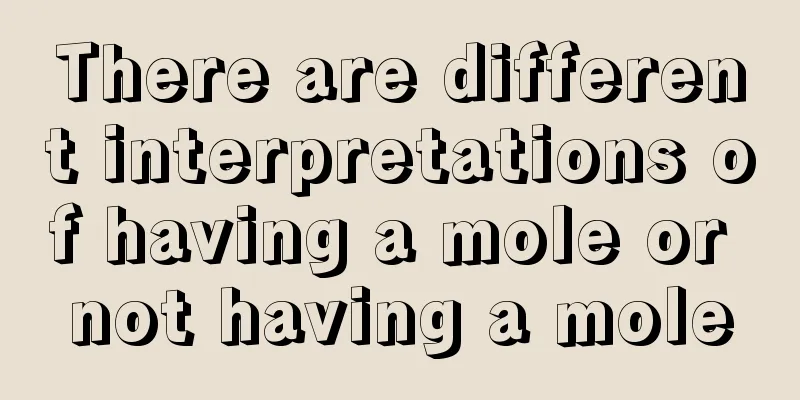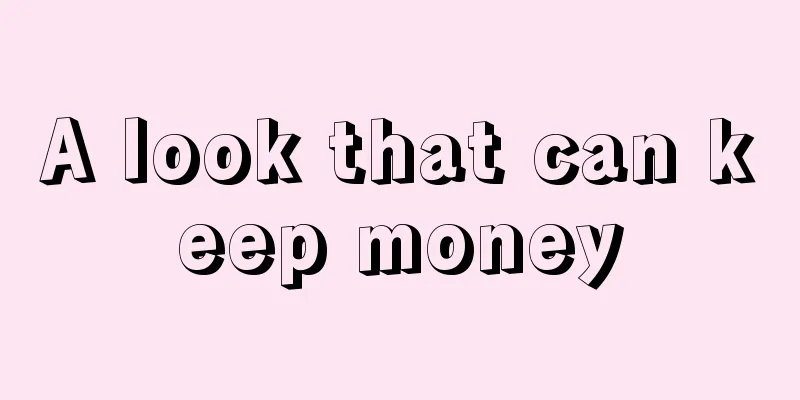The next generation of health information technology

Translation: Chen Yao How can blockchain be used to finance healthcare? There are thousands of applications for blockchain, and they all come back to one big question: How can blockchain technology enable healthcare monetization? Smart health contracts The global medical market share is 1.057 trillion, and major players include Pfizer ($47.4 billion), Johnson & Johnson ($16.3 billion), Vrms ($11.84 billion) and Novartis ($49.4 billion). Anonymous cross-competition references a large amount of dynamic medical data and historical medical records, and this competition will also provide a revenue stream for drug discovery and personalized medicine development. Smart contracts allow both parties to fulfill their obligations according to the agreed contract. Due to the immutability and high confidentiality of blockchain, it can provide a reliable environment for these contracts. This may be the next generation of electronic medical records. However, this is just the beginning. The entire office visit will be executed through a physician visit partitioning application. This application will seamlessly manage the entry channel, enter the patient's global electronic storage record, confirm patient identity and access, once the patient completes the doctor's appointment, the software will make a note to the global electronic storage record, complete the payment and include the patient's payment. Network services have no internal funds. Decentralized applications are the simplest form of smart contracts. This agreement includes the digital assets of both parties and can be automatically distributed according to the contract formula. Decentralized organizations are composed of a series of attributes (which can be digital) and protocols that define the group's personal rules. The internal capital of decentralized autonomous organizations is valuable. When leveraging blockchain technology, smart contracts can make decentralized autonomous organizations free from the risks posed by personnel. Decentralized autonomous organizations are getting closer and closer to true artificial intelligence. Under the blockchain model, patient records cannot be hacked or stolen. Blockchain authorization will simplify the process of requesting, receiving and paying for medical treatment. A master ledger of global genetic sequencing Once personal genome sequencing becomes part of the mainstream, 3.227 billion Americans will need a secure way to store and access their genomes. We know that personal genomes vary by less than 1%, and they can be roughly compressed into 4 bytes. The human genome consists of about 2.9 billion base pairs, but storing them in 2 bits is impractical. Also, when dealing with genetic data, they are stored and studied chromosomes, not in long data streams. Personal chromosome data storage can vary from 50M to 300M based on several variables. In short, let's assume that a person's genome takes 725 bytes (2.9 base pairs * 2) to store. GARLI technology can be used to compress this data. And where this data will be and how to access these technologies. Founded in 2014, DNA.bits is a high-tech technology company that solves the challenges of mapping large clinical data sets. Using authentication that does not require identity genetic identification, it is able to associate a large number of genetic samples, with a focus on HIPAA, de-identification, and continuous sharing of genetic and related clinical data. DNA.bits uses the Bitcoin platform to aggregate data from multiple data sources without the need to collect them into a central database. Peer-to-peer (P2P) insurance Dai Nami (Virginia, USA), Inspire (Paris, France), Pierre Cafu (Tasman, New Zealand), Fransoulance (Berlin, Germany), Lemonade (New York, USA), Guevara (UK), Tong Jubao (China) are applying for insurance crowdfunding groups. The general concept is to make insurance cheaper. Policyholders pool their money to buy insurance. When there is a claim, they use the money from the pool to pay the claim. If there is no claim, the policy expenditure will be reduced. Microinsurance will overthrow large insurance companies. Zopa was the first peer-to-peer lending company in 2004. Zopa applied for sharing economy lending ten years ago. These new players are applying for personal insurance in the sharing economy. In the macro sense, there are two key benefits: shared risk and shared benefits. Economies of scale help to suppress costs for policyholders and benefits for insurance companies because they bear smaller annual risks and therefore receive fewer foreign trade claims. The peer-to-peer insurance model also benefits from the lack of trust between providers and members. Blockchain provides "trust" between strangers. Users interact with a network server, and this server embeds "trust" in the root administrator. However, as experienced from Hollywood Presbyterian Medical Center (ransomware), VTech (data breach), Patreon (data breach), these architectures are easily hacked. When the network service architecture is more secure, the network service will be more secure. However, these plans rely on complete trust in the computer or the person who accesses the computer. Blockchain is not an unreliable architecture, but it provides a solution that minimizes trust. In this solution, users trust the code but do not trust the computer or the holder of the code. Peer-to-peer insurance uses blockchain to reduce the insured's expenses while improving the security and trust of the network. Quantified from data standards Biometrics integrated into quantified self-data (such as data from sports trackers) can also be incorporated into the health blockchain. Blockchain technology brings many opportunities to improve existing processes and business models, including existing data access, universal electronic medical records (EMRs), digital health asset protection, health tokens and even genetic wallets. As managers, our challenge is to simplify the value of blockchains. Blockchains decentralize business and remove the middleman. They establish digital trust in an unreliable world, and we need more trust in healthcare. |
<<: pH Miners Launches New Bitcoin Mining Machine
Recommend
What does a mole on the temple mean? Is it auspicious for women to have moles on their temples?
Traditional physiognomy covers a wide range, among...
See your love luck from your eyes
See your love luck from your eyes 1. Physiognomy ...
What does the large triangle pattern on the palm mean?
There are many meanings in palmistry , and palmis...
The end of the wisdom line forks downward
The end of the wisdom line forks downward. The fo...
12 Types of Men You Should Not Marry
12 Types of Men You Should Not Marry Which men ar...
Blockchain technology will become mainstream within the next decade
Deutsche Bank believes that blockchain technology...
The size of eyes reflects personality
It is most accurate to judge the size of a person...
Eye mole analysis
In physiognomy, people with moles in the corners ...
Ethereum Gas Fee Too High? 6 Ways to Save Gas Fee
By William M. Peaster Ethereum’s gas prices have ...
Bitcoin trading platform awaits confirmation from the central bank that withdrawals will resume after restart
Image source: Oriental IC Source: Interface Huobi...
A woman who looks good but has a troubled relationship, see if this is you
If you meet someone good-looking in life, I belie...
Baota Panel Free Server Management Tool One-click installation Easy operation and maintenance Efficient and stable
As one of the most popular server management tool...
What does a woman with a mole on her right earlobe mean?
Generally, a well-shaped earlobe is considered a ...
Hyperledger wants to promote the merger of IBM, DAH, and Blockstream's blockchain code bases
Yesterday, the Technical Steering Committee of th...
Is Technological Centralization Destroying Bitcoin?
Initially, from the perspective of the visual, th...









